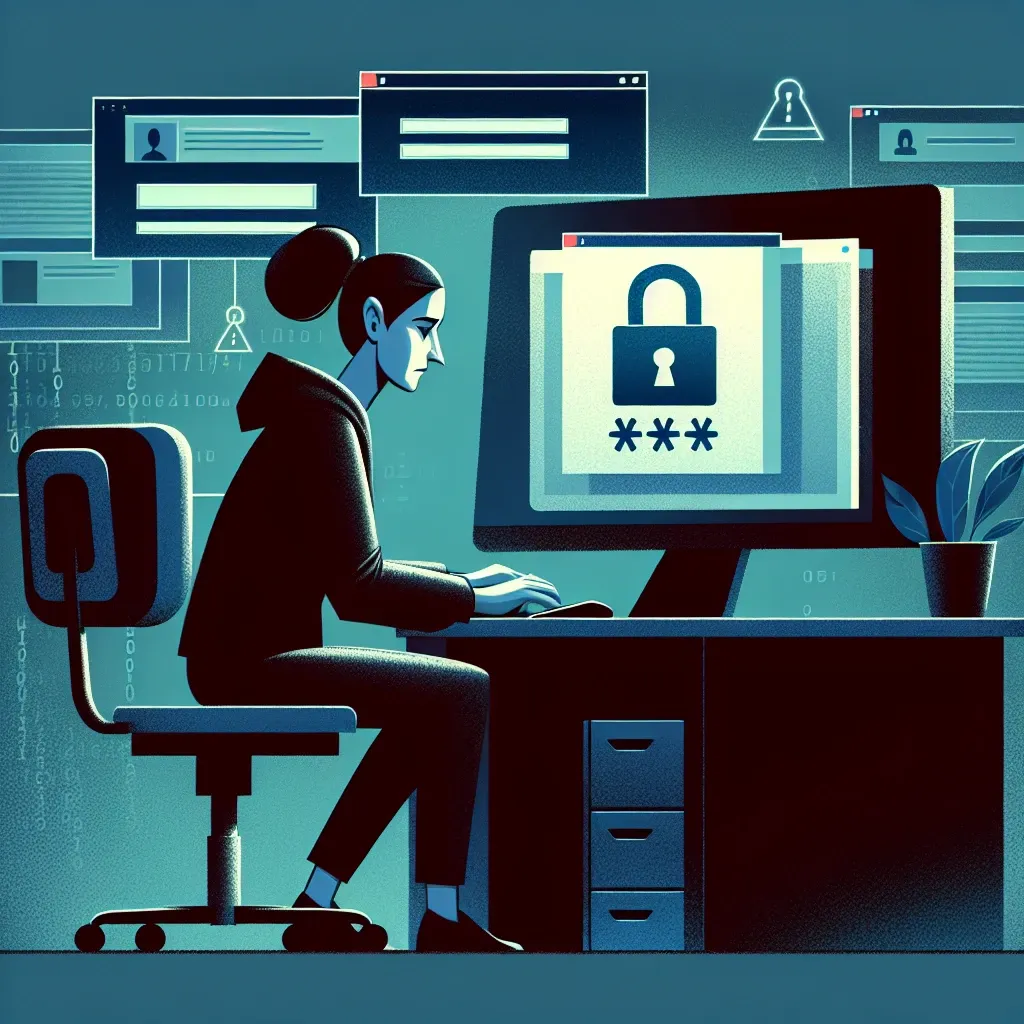Introduction
Password protection is a fundamental security measure to safeguard sensitive information stored in digital files. However, determined hackers employ a range of techniques to bypass these protections. Understanding these methods is crucial for enhancing your file security and preventing unauthorized access.
Common Methods Hackers Use to Bypass Password-Protected Files
1. Brute-Force Attacks
Brute-force attacks involve systematically trying all possible password combinations until the correct one is found. Automated tools can accelerate this process, making it a significant threat, especially against weak or commonly used passwords.
2. Dictionary Attacks
In dictionary attacks, hackers use a list of potential passwords, often derived from dictionaries or commonly used passwords, to gain access. This method is effective against users who rely on simple or easily guessable passwords.
3. Exploiting Software Vulnerabilities
Hackers may target vulnerabilities in the software used to create password-protected files. Exploiting these weaknesses can allow unauthorized access without needing the password.
4. Social Engineering
Social engineering involves manipulating individuals into divulging their passwords or other sensitive information. Techniques include phishing emails, fraudulent phone calls, or deceptive websites designed to steal credentials.
5. Keylogging and Malware
By installing keyloggers or other malware on a victim’s device, hackers can capture keystrokes, including passwords, without the user’s knowledge. This method provides direct access to password-protected files once the malware is activated.
6. Side-Channel Attacks
Side-channel attacks exploit indirect information, such as timing data or power consumption, to infer the password. While more sophisticated, these attacks can bypass password protections without direct access to the file.
Preventive Measures to Protect Your Password-Protected Files
1. Use Strong, Complex Passwords
Create passwords that are lengthy and include a mix of letters, numbers, and special characters. Avoid using easily guessable information like birthdays or common words.
2. Enable Multi-Factor Authentication (MFA)
Implementing MFA adds an extra layer of security, requiring additional verification beyond just the password, thereby reducing the risk of unauthorized access.
3. Keep Software Updated
Regularly update the software used to handle password-protected files to ensure that known vulnerabilities are patched, minimizing the risk of exploitation.
4. Educate Users on Social Engineering Tactics
Training individuals to recognize and avoid social engineering attempts can significantly reduce the likelihood of password compromise through deceptive means.
5. Utilize Encryption
Encrypting files adds an additional security layer, making it more challenging for hackers to access the content even if they bypass the password protection.
6. Monitor and Limit Access
Implementing access controls and monitoring file access can help detect and prevent unauthorized attempts to access password-protected files.
Best Practices for Enhancing File Security
- Regularly Update Passwords: Change passwords periodically to minimize the risk of brute-force or dictionary attacks.
- Use Password Managers: Utilize password managers to generate and store complex passwords securely.
- Implement Account Lockout Policies: After a certain number of failed login attempts, temporarily lock the account to prevent automated brute-force attacks.
- Backup Important Files: Maintain secure backups of essential files to prevent data loss in case of unauthorized access or malware attacks.
Conclusion
While password protection is a critical component of file security, understanding the methods hackers use to bypass these protections is essential for reinforcing your defenses. By implementing strong passwords, enabling multi-factor authentication, keeping software updated, educating users, utilizing encryption, and monitoring access, you can significantly enhance the security of your password-protected files and protect your sensitive information from unauthorized access.
